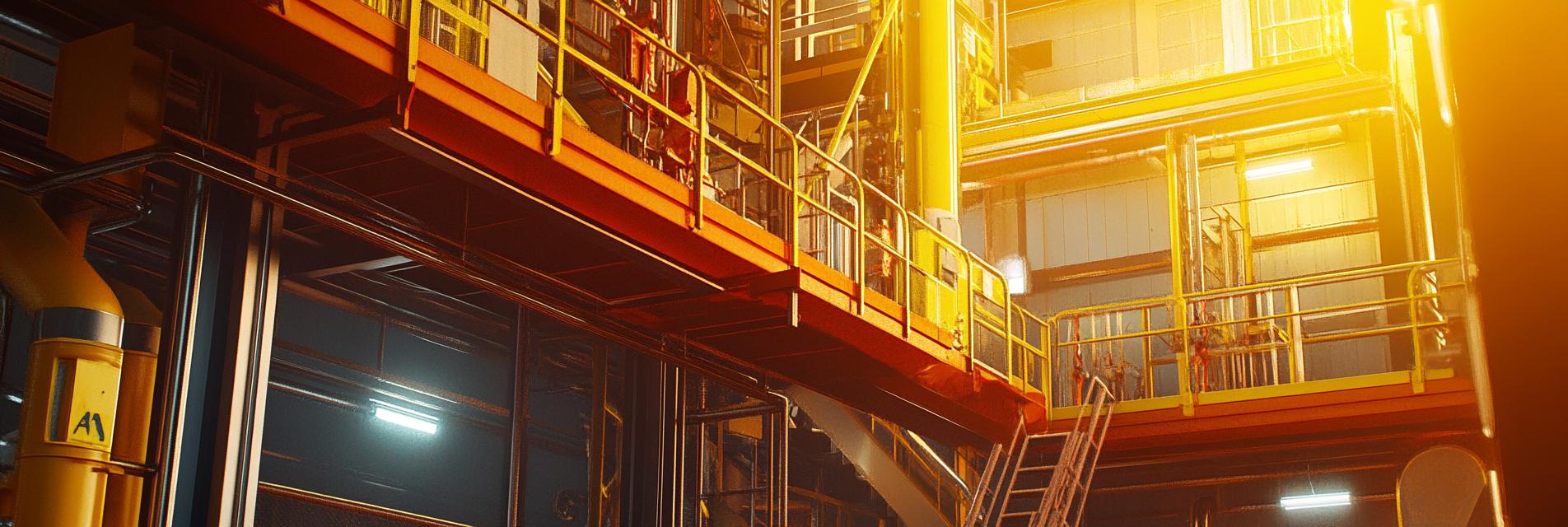Aerial work platforms (AWPs) are essential tools in various construction and maintenance settings. While they enhance productivity by allowing users to reach elevated work areas, they also pose significant safety risks if not used properly. Implementing the right safety measures is crucial to preventing accidents and ensuring compliance with industry standards.
Before any operation, it's vital to conduct a thorough pre-operation inspection of the aerial work platform. This includes checking for any signs of wear, malfunctioning parts, and ensuring all safety features are operational.
Only trained and certified personnel should operate aerial work platforms. Training programs must emphasize the specific features and operational guidelines for the equipment being used, as well as emergency procedures.
Operators should wear appropriate PPE at all times, including hard hats, safety harnesses, and non-slip footwear. This equipment helps minimize the risk of injury in case of falls or accidents.
Establish clear communication protocols among team members. Using hand signals or two-way radios can enhance coordination and ensure everyone is aware of the operations being conducted.
Always adhere to the manufacturer's specified load limits. Overloading the platform can lead to tipping or structural failure, risking the safety of the operator and those nearby.
In conclusion, ensuring safety when using aerial work platforms not only protects the operators but also promotes a culture of safety within the workplace. By following these essential safety measures, construction sites can significantly reduce the risk of accidents and enhance overall operational efficiency.

